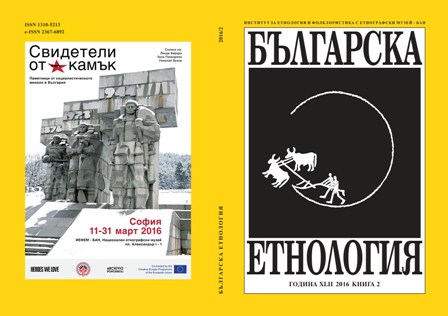
We kindly inform you that, as long as the subject affiliation of our 300.000+ articles is in progress, you might get unsufficient or no results on your third level or second level search. In this case, please broaden your search criteria.

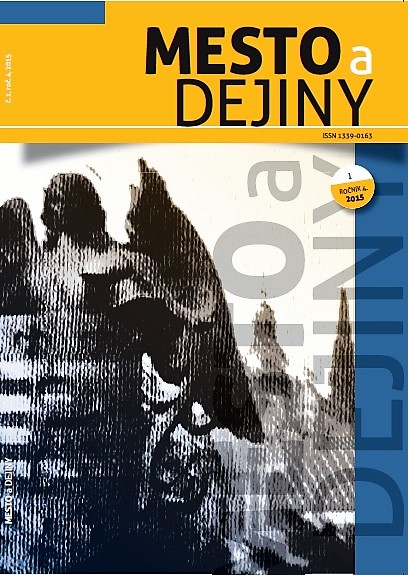
To important part of urban community and townspeople elite clearly belonged also lineage of masons, stonecutters and architects. Author of this study presents new genealogic and heraldic information about stone-architectural lineage of Rosspeidtner (Rosspeudner). This lineage belonged to prominent representatives of early baroque architecture in Hungarian capital city in 17th century and in the beginning of 18th century. Genus of Rosspedtner was of a protestant nature, which came to Hungary probably from the Lower Austria after the year 1625 and was present there for three generations till the year 1713. The founder of Hungarian part of this lineage was Wolfgang Rosspeidtner († 1659), who settled in Pressburg in its suburb (Vydrica). In year 1630 he was admitted as townsman and a member of brickwork-architectural guild. He became an active member, longtime guild leader and he gained lots of important contracts from the town, Pressburger’s townsmen and its nobility, most of all from the nobility of Palff y. For his architectural activity he has received the aristocratic status for him and his successors. As masons and architects were active also his sons and grandson Juraj Rosspeidtner († 1713), who has become a very important member of this genus. He also worked for the city, most of all for Palff y, from whom he has received several contracts for reconstruction of feudal residences in the city as well as in the countryside. Juraj Rosspeidtner died on the peak of his career due to plague. The last known member of Hungarian part of this genus, his daughter Johanna Zuzana has married to aristocratic family Geramb. Author of this study introduces also heraldic monuments, which reminds this lineage, burghers and aristocratic heraldry of Rosspeidtner.
More...
The paper deals with complex problems in addressing the adverse housing situation of the Roma population in Košice. After World War II, part of the city known as the gypsy camp under Moldavská way found itself in an extremely exposed position at the entrance to the city. Arrival the amount of working class from rural areas with extensive construction and urbanization ratios further deepen. Numerous Roma growth was evident. Housing problems are addressed through an allocation of older apartments, phasing out the huts in the camp and fi nally focusing on specifi c Roma settlement. The idea of a separate settlement originated in the mid-60s, in 1970, the planned housing units was not built. Another intention of anticipated settlement was in the area Myslava with lower standard family houses. Because of the high costs the concept of prefabricated houses gallery type was born. The government in 1976 refused to deal with Roma housing in specifi c neighbourhoods. Council city national committee nevertheless approved the construction of Luník IX without a specifi c focus. The construction was carried out in late 1970s, several policies were processed recall procedure Roma families from the camp as well as the old city, according to various streets. In 1981 began the history of Luník IX, its ethnic ghettoization with disastrous consequences to the present.
More...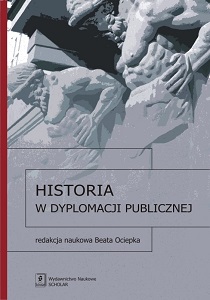
Pojęcie dyplomacji publicznej pojawiło się w nauce o stosunkach międzynarodowych w latach sześćdziesiątych XX wieku. Dyplomacja publiczna zaczyna się jednak znacznie wcześniej, bo właściwie już w połowie XIX stulecia. Historia tego zjawiska pokazuje, jak zmieniały się sposoby prowadzenia polityki zagranicznej i w jaki sposób wykorzystywano w niej „miękkie” zasoby państw. Tytułowe zagadnienie prezentowanej książki poświęcone jest nie tylko rozwojowi dyplomacji publicznej, lecz także zagranicznej polityce historycznej jako jej elementowi składowemu w krajach Europy Środkowo-Wschodniej, w tym także w Polsce. Autorami Historii w dyplomacji publicznej są pracownicy i współpracownicy Zakładu Komunikowania Międzynarodowego Instytutu Studiów Międzynarodowych Uniwersytetu Wrocławskiego. Zakład ten, którym kieruje prof. Beata Ociepka, już od niemal piętnastu lat prowadzi badania nad dyplomacją publiczną, stając się najbardziej wyspecjalizowanym ośrodkiem w tej dziedzinie w Polsce.
More...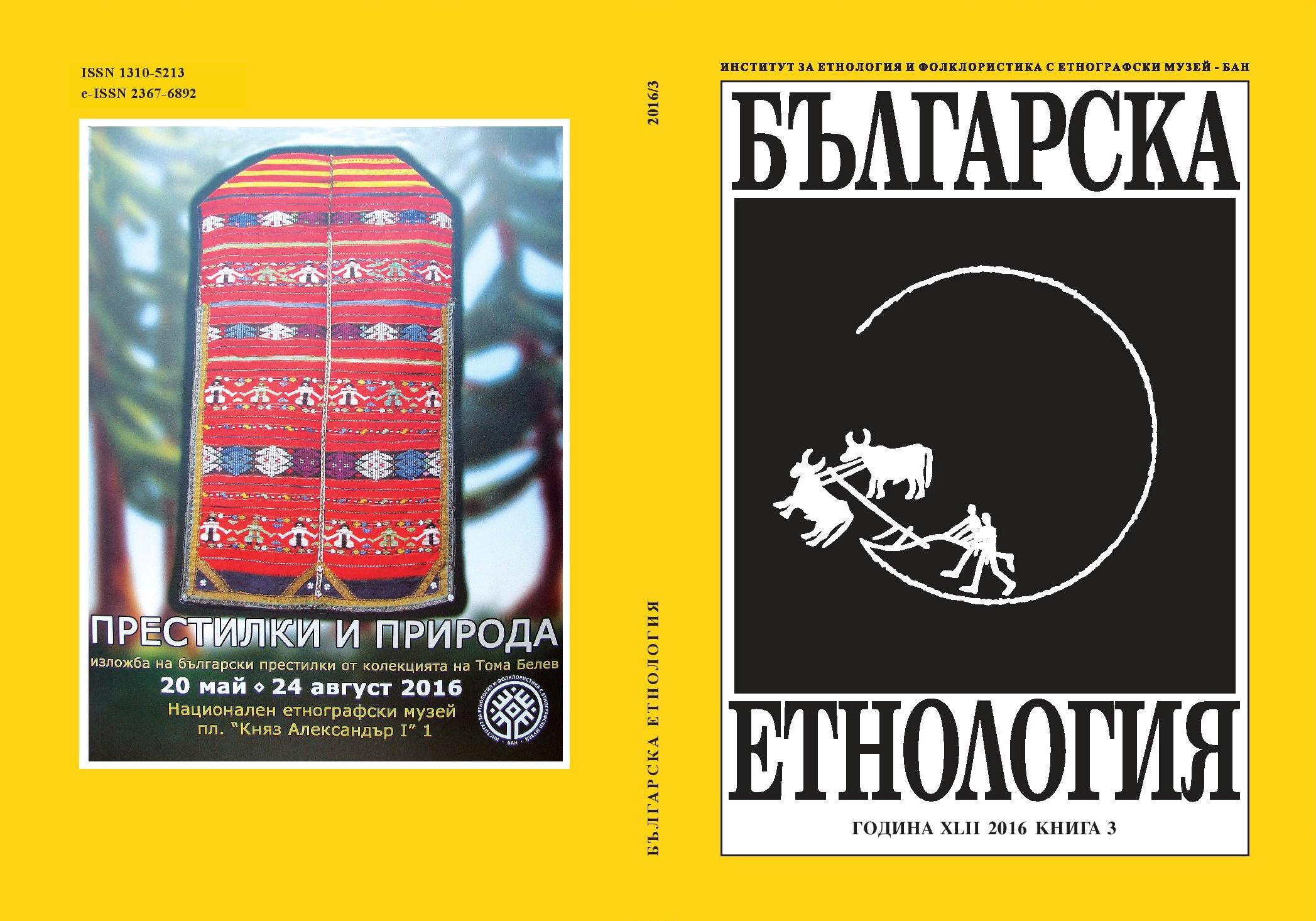
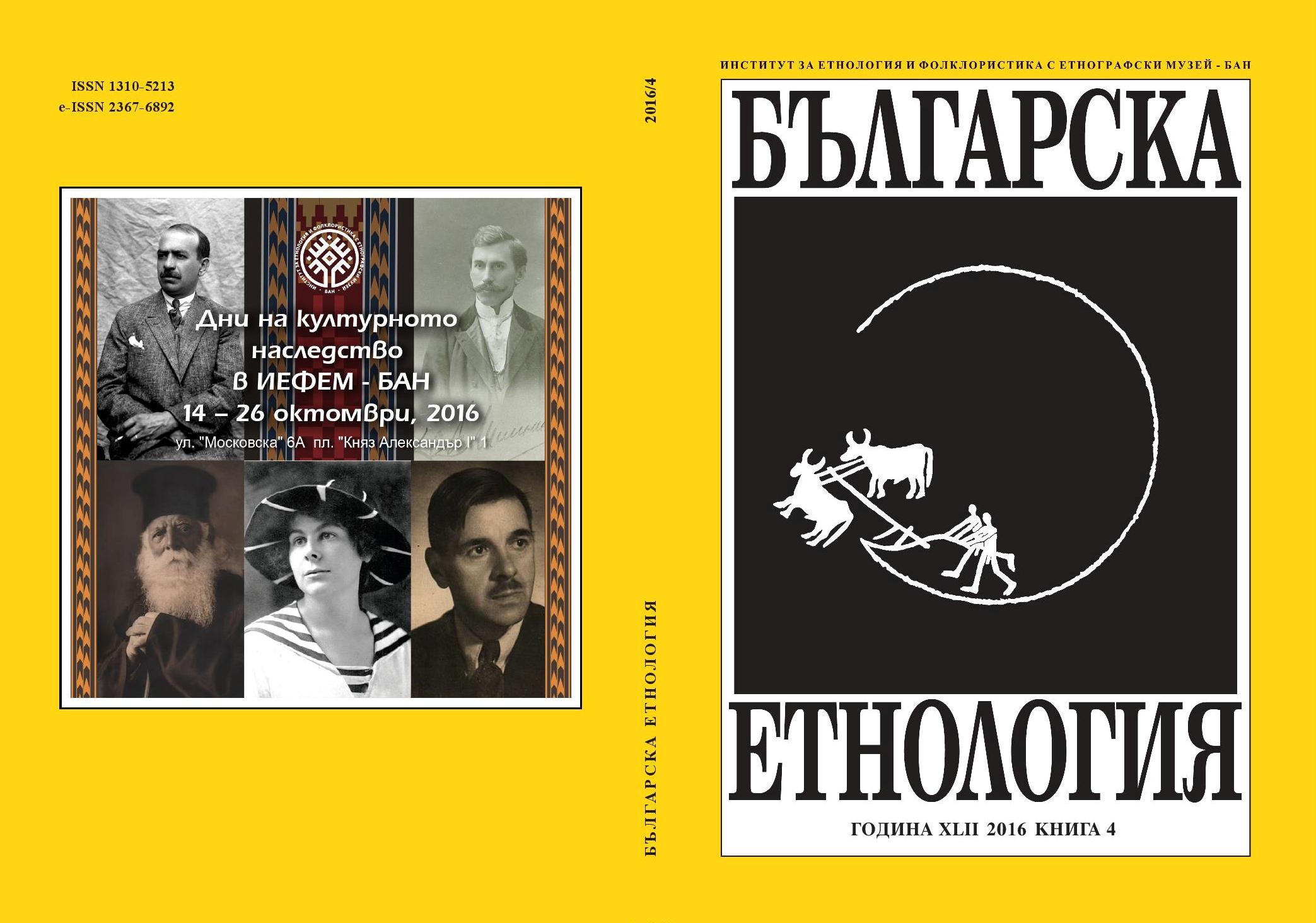

One of the typical and relatively stable features of the everyday life of the Bulgarianimmigrants in the historical and cultural region of Bessarabia are the patronal festivalsand customs held within the frameworks of the village, neighbourhood or familyand referred to as zbor/sabor (збор/събор), hram (храм), kurban (курбан), tsarkva(църква), panagir (панагирь), cherkuvane (черкуване), moleben (молебен) etc. Asfor the designation збор (a fair), it is clear that it precedes the Russian designationхрам (a patron saint’s day) which penetrates the region under study later on andwhich is widely used at present. What stirs up bigger interest is the fact that exceptfor village church festivals this term (as well as some of the other above-mentioned) was also used for intervillage festivals held at the landmark of the territories of two,three or more villages – the so-called fairs at the landmark also known as moleben orcherkuvane for rain and good health.As far as the patron saint’s day is a universal Christian phenomenon and stilla general practice in the villages of the region studied here, it could be assumedthat the gathering itself, the making of zbor (or moleben) at the landmark (at theborder between a group of villages), which is neglected today almost everywhere,is a form typical only of the immigrants (Bulgarians and Gagauzians) in Bessarabia.This practice attracts the attention with respect to its nature and development as partof the all-Bulgarian system of patronal village festivals as well as with relation tothe influences, changes and specifics through which it inevitably goes under theconditions of the many-tounged and polycultural environment of Bessarabia and theRussian Orthodox Christianity.The fieldwork materials collected so far do not allow a coprehensive and thickdescription of the phenomena intriguing us as well as a more elaborate analysis.That’s why the article only poses the problem or rather interpretes it in connectionwith some concepts of the kin and family-territorial patronal festivals and customswhich were formulated a long time ago in the Bulgarian science but which are stillrelevant.
More...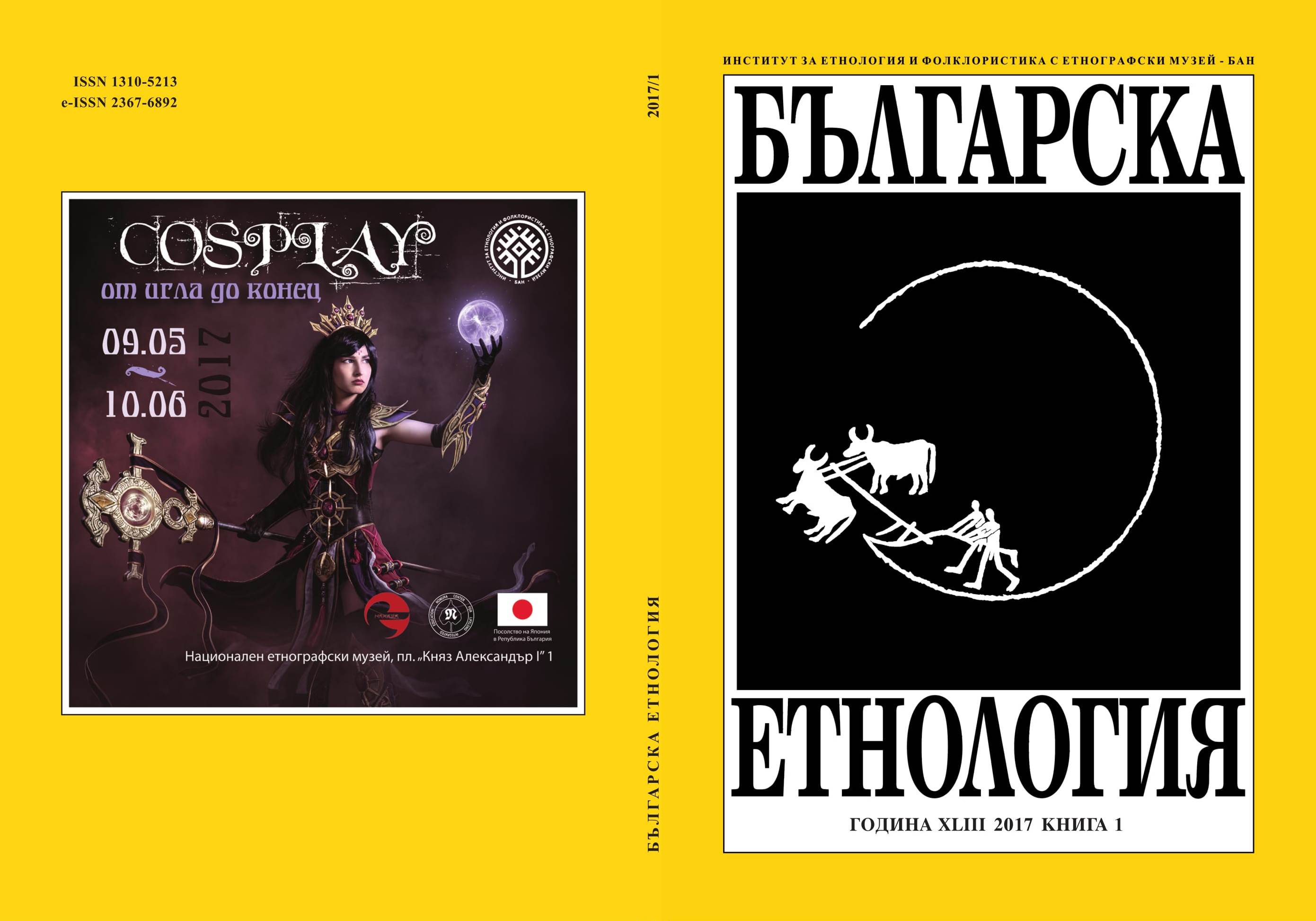

The article makes a brief historical review of the development of Roma publicationsin the countries in Eastern Europe by emphasizing the processes in each country andthe interrelations between their policies regarding the Roma culture and the Roma literary production. The aim of the article is to show that the development of Roma literature is related to the political, social and cultural context in the country or region of its creation. The comparative historical approach is the most appropriate for the purpose since the tendencies in the development of the Roma literature are related to the policies of identity (in general or directed to the Roma population) in different historical periods and regions.
More...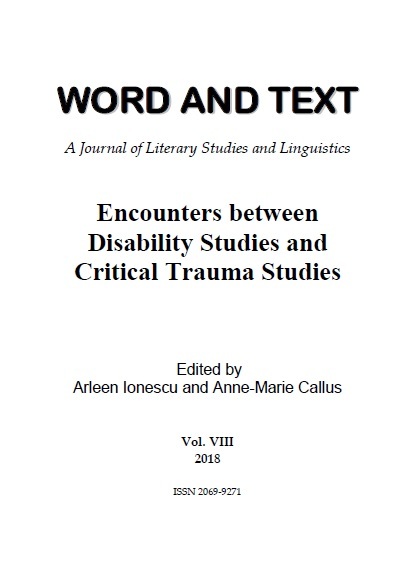
When setting up the premises for a dialogue between disability studies and critical trauma studies and embarking on editing this pilot issue on ‘encounters’ between the two disciplines, we necessarily welcomed interdisciplinary approaches, ranging across disability studies, trauma studies, literary and cultural studies, media studies, as well as many other disciplines in the humanities. The first step in introducing this issue to our readers will be to present the histories of both disability studies and trauma studies in order to see how they evolved and see why our proposal that they should meet half way or at least more often can be considered a valid one.
More...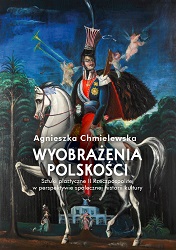
An interdisciplinary study in the field of the social history of culture, devoted to the “images of Polishness” which functioned in the fine arts of the Second Polish Republic. The author attempts to reinterpret the works of, among others, Wojciech Kossak, Jacek Malczewski, Zofia Stryjeńska, Władysław Skoczylas, Stanisław Szukalski, and inscribes them into a wider theoretical framework.
More...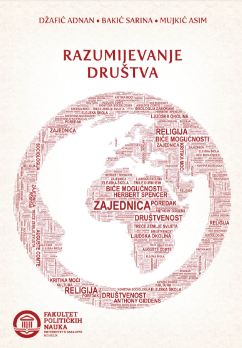
Svakodnevno se jasno osvjedočujemo kako se svijet u kome živimo sastoji od neorganskih stvari i organskih bića. Opće znanje koje o svijetu imamo daje nam za pravo da zaključimo kako je sve što vidimo oko sebe, uključujući i nas same, sva ta nepregledna različitost i šarolikost pojava čemu smo izloženi od kada ujutro otvorimo oči, proizvod najčudnije i uvijek žive kombinatorike 118 (do danas nama poznatih) elemenata periodnog sistema. Ali postoji jedna važna dimenzija svijeta, pored neorganske i organske, upravo toliko važna da bez nje ne bi bilo ni prethodnih dviju rečenica, ne bi bilo mogućnosti da konstatiramo ni najnotorniju činjenicu kao što je: ‘Danas je oblačan dan’, ili ‘Kroz naš grad protječe rijeka’, a ona nerijetko izmiče oku. To je dimenzija društva. Gdje nju možemo naći? Najprije u jednoj materijalnoj formi, nalazimo je gdje god oko sebe pogledamo, to su bezbrojne građevine i strukture koje su proizvodi ljudskih ruku, najrazličitiji predmeti koje kupujemo i sam novac kojim to plaćamo. Da nema ljudi i njihovog rada, taj beskonačni skup predmeta koji ispunjava naše živote ne bi postojao. Ali, ova je dimenzija, izgleda, mnogo više od onoga što vidimo golim okom oko sebe.
More...
I zvori i tragovi koji vode ka formiranju sociologije kao nauke nalaze se u socijalno-filozofskoj i političkoj teoriji 16. i 17. stoljeća. U 17. stoljeću socijalnoj teoriji postavljaju se pitanja o nastanku društvenih pojava i njihovog uticaja na kretanje društva, sagledavanje subjekata društva i društvenih promjena i analiza nastanka i uloge države. Nastoje se dati odgovori na pitanja o razvoju zakonitosti u razvoju društva i objasniti ideje progresa u povijesnom kretanju oslobođenog srednjovjekovnog teološkog shematizma. Oslobađanje od tradicionalnih srednjovjekovnih društvenih odnosa i normi odvijalo se pod uticajem nastajanja kapitalističkih privrednih odnosa u vrijeme propadanja feudalnog društvenog uređenja i njemu odgovarajuće društvene svijesti. Razlog kasnog osamostaljenja sociologije, dakle, treba tražiti u prelaznom periodu od feudalizma ka kapitalizmu, jer društvo tog doba postaje pokretljivo i dinamično. Nameće se potreba revizije feudalnog shvatanja društva, kao „vječnog“, statičnog, nepromjenjivog. Tranformacija privrede u kapitalističku započeta u 13. stoljeću dobiva značajne razmjere tek u 17. i 18. stoljeću, što za posljedicu ima postavljanje pitanja o kretanju društva i zbivanja u njemu, njegove historije i zakonitosti njegova razvoja.
More...
Društveni procesi povezani su s društvenim promjenama i zajedno s njima čine dinamiku jednog društva, odnosno daju intenzitet i smjer društvenoj mobilnosti.
More...
Sociology as the main concern appears in the works included in the book Razumijevanje društva (Understanding of society) which arised as a result of academic teamwork and cooperation. One of the goals for making and publishing this book is to focus on some of the principal areas of sociology in the manner that it will include the scientific and research fields of the authors of the Department of Sociology, Faculty of Political Sciences, University of Sarajevo. The book represents theoretical insights into some of the most important sociological disciplines.
More...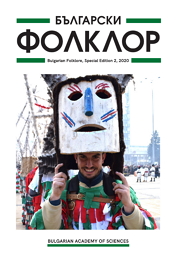
This article is dedicated to the fortieth anniversary of the founding of the Bulgarian Folklore Journal. The reflections on the Journal which are discussed here are made in the context of the political and sociocultural development of Bulgaria, as well as in the context of national and international traditions in the study of folklore. At the same time, these reflections address changes in scientific paradigms and theoretical approaches, the problems of the existing boundaries between disciplines, the re-definition of scientific scope and newly defined fields of research. The interdisciplinary nature of the Journal, the development of its scientific profile, and its transformation into a journal for scholarly research in the field of folklore studies, ethnology and anthropology in the 1990s are given special attention. Editorial politics and practices, as well as different aspects of its theoretical sensibility and applied aims are traced. The place of the Journal among Bulgarian humanities periodicals and its international visibility are also highlighted.
More...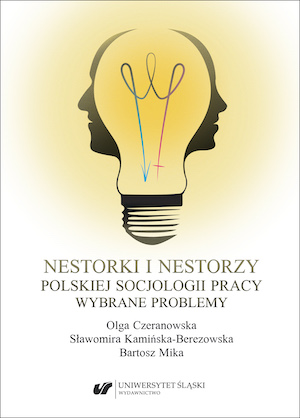
The publication is the result of the implementation of the project "The Doyens of Polish Sociology of Work", the authors of which are members of the Sociology of Work Section of the Polish Sociological Association. The presented publication focuses only on selected areas of the project that relate to academic sociologists of work in the aspect of women's work. By assumption, the proposed publication has two main goals, firstly it is to contribute to filling the gap in looking at the history of the subdiscipline from a feminist perspective, and secondly, it is to be a reference to Mills's sociological imagination, especially in its critical dimension (also described by Giddens).
More...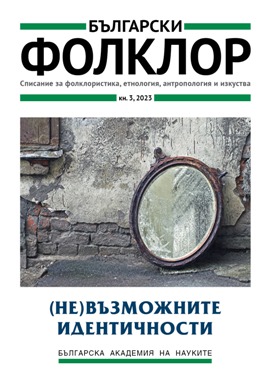
The article is based on the results of a nationally representative sociological survey conducted in 2021 within the project “National and European Dimensions of the Contemporary Identity of Bulgarians” (KP06-H50/6/30.11.2020), funded by the Bulgarian National Science Fund. The transformations in the identity of Bulgarian citizens are traced in today’s world of increased mobility, migration and communication with representatives of other ethnicities and nations, which changes the meaning of national borders, eliminates the closedness of national cultures and leads to the formation of a consciousness of supranational or European identity. The analysis of the ongoing processes in the contemporary identity of Bulgarian citizens is based on the understanding of identity as a social construct which has relational and situational/contextual structure, determined by the nature of interaction with “others” and changing over time. The results show that although at this stage the national identity is the leading and determining one in the self-identification of the Bulgarian citizens, the processes of formation of the supranational/European identity have begun and represents an important part of their self-identification. Over 50% of all Bulgarian citizens have consciousness of belonging to supranational structures, i.e., we can talk about processes of formation of supranational identity; and in 30% of them it is a question of a declared consciousness of belonging to Europe, including the identification as citizens of the European Union.
More...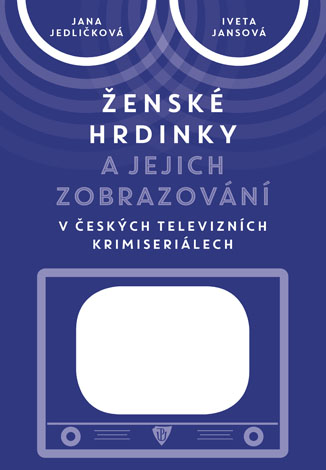
The book Female criminalists and their representation in Czech crime TV series is focused on Czech female criminalist in crime TV genre. It focuses on portrayal of gender identities in the particular genre in general. Our research reflects contemporary tendencies in gender portrayal and draws a map of such TV depiction in Czech context. We analyzed a ten year time period which helped us determine classical schemes of depiction and pick up on changes happening during those years. It shows that exactly this analyzed decade was a time of genre rebirth in Czech television context. Therefore, we can see many strategies common for TV crime production during communist era. This book is the first one focusing on crime TV through the lenses of gender identities in the Czech academia environment.
More...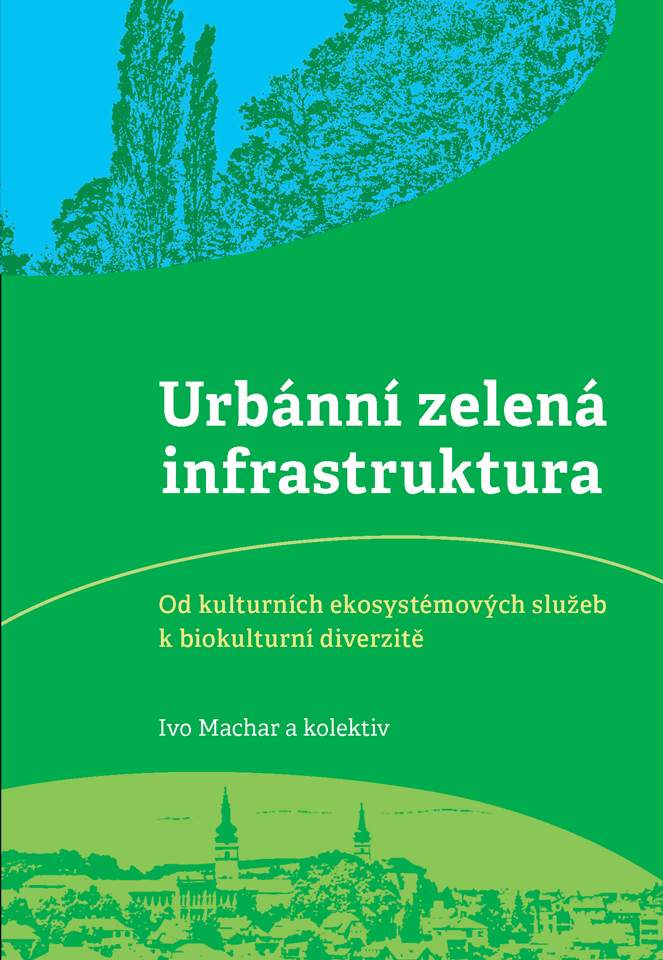
The monograph deals with the introduction of a new concept in the field of "Sustainability Science", which is the concept of biocultural diversity. Biocultural diversity focuses on the natural heritage that is conditioned or even directly created by historical and contemporary human activities The concept of biocultural diversity is considered by some authors as a new perspective for the study of the co-evolution of life in all its manifestations - biological, cultural and linguistic.
More...